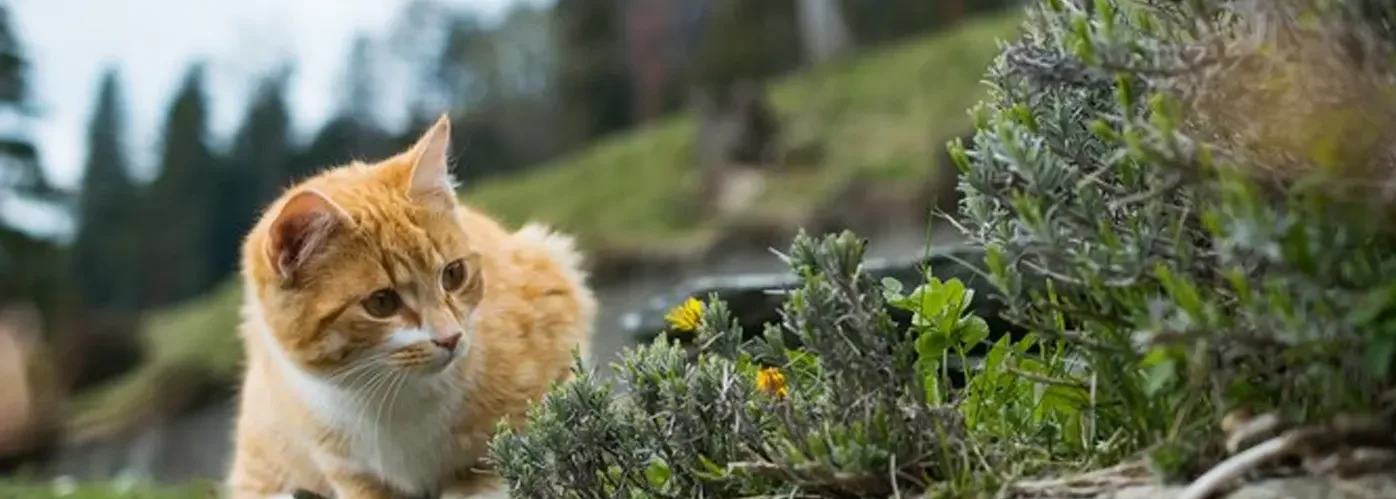No matter if you are in a tenement with only a small shared room, have a grass-absolutely free backyard, or truly feel you are way too old for heavy gardening, there are a great deal of pot crops that are rather happy to share your watch. These plants will assistance you backyard garden from the comfort and ease of your entrance space.
1. ZZ Plant (zamioculcas zamiifolia)
Variously identified as the Zanzibar gem, zuzu plant, eternity plant and a entire host of other matters, the ZZ plant is identified for its clean, shiny leaves and particularly straightforward treatment needs.
Generally developed in offices, this feisty foliage is as close as crops get to indestructible, and watering way too often is a considerably extra prevalent challenge than not watering ample.
A stalwart of the lots of houseplant collections on Instagram, the plant is remarkably tolerant of very low gentle and most soil varieties, but is regrettably also mildly poisonous. Clean your hands soon after prolonged make contact with, and do not consume (or cuddle.)
2. Aloe Vera
A species that has extensive outgrown its standing as a simple houseplant, the gel extracted from aloe vera plants is greatly applied to soothe lesions, bites and burns, though the plant by itself is acknowledged to purify the air of chemical pollutants like formaldehyde and benzene. A succulent that enjoys rather dry problems, be sure not to overwater your aloe vera and spot it in a sunny location like a south-going through sill.
3. Cactuses
You possibly couldn’t fit one particular of individuals trident-shaped monsters from the Atacama Desert into your living space, but there is a total host of options, ranging from small, ball-formed cactuses to mid-sized prickly pears, that make perfect housemates.
Opposite to their name, cactuses do however will need a teensy bit of TLC – a mild water listed here, the occasional repot there – but all round they are lower servicing for entrepreneurs small on time or strength.
4. Madagascar Dragon Tree (dracaena marginata)
If you fancy some much more formidable foliage for your house, the Madagascar Dragon Tree is a significant, desirable, and real looking selection. Rising (slowly but surely) up to 6 toes tall, its dim, evergreen leaves, generally edged with crimson, admirer out from stems that fork from the easy, grey-brown trunk.
A reduced servicing alternative, it thrives in sunny spots or destinations that are evenly shaded but will also tolerate lower light amounts. In the same way, although it likes its compost to be moist, it will put up with erratic watering and so will most likely be just fantastic with currently being left alone even though you are on getaway. Cat and dog owners beware – the tree is mildly harmful to animals, and if ingested might result in an upset abdomen.
5. Busy Lizzie (impatiens walleriana)
Though possibly not the hardiest of houseplants, these floral favourites are entertaining for all the family members mainly because they are superbly shiny and colourful.
You can get an 8 to 12 centimetre cutting from a non-flowering stem at any time of year. Just after pinching off any lower leaves, pop it into a new tray stuffed with potting soil and, with satisfactory sunlight and watering, you’ll soon have a 2nd hectic lizzie. And a third, and a fourth must you wish – so they make quite sustainable items.
6. Snake Plant (sansevieria trifasciata)
Also recognised as mother-in-law’s tongue or St George’s Sword, the upright, pointed leaves of this hardy indoor favorite, previously mentioned, are its main attraction – variegated with darkish stripes and from time to time a yellow outline.
Expanding up to a metre and a 50 percent in peak (though they max out at 50 centimetres throughout), individuals with smaller homes can rest quick that they choose a number of many years to develop. Equipped to prosper in entire sun or partial shade, and by home windows experiencing any compass course, sansevieria trifasciata is described by the Royal Horticultural Culture as “tolerant of neglect”. Certainly our form of plant.



